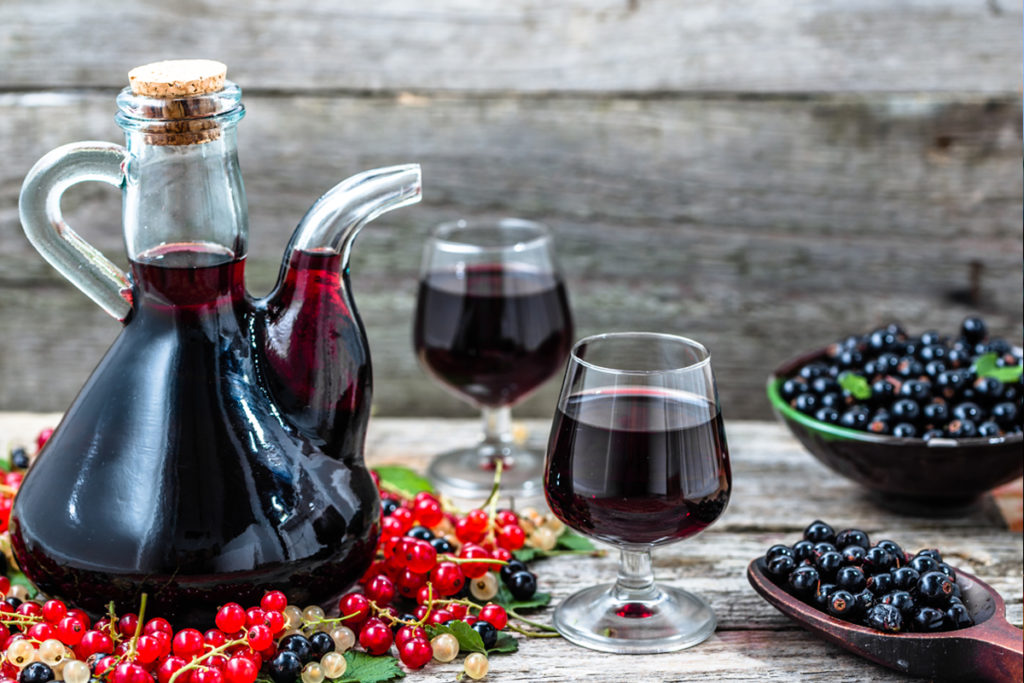
Making homemade wine is a tough enterprise, but it can be so intoxicating, pun intended, to savor your very own glass of wine. It’s not terribly difficult to make your own wine, but you’ll need lots of utensils and ingredients. Some of the tools include a fermentation container, rubber cork, nylon mesh straining bag, plastic tubing, thermometer, acid titration kit, etc. Some of the ingredients you’ll need, depending on the kind of wine you want to make causing a variance of course, include campden tablets, wine yeast, grape tannin, and acid blend.
Most novice wine makers should start with grape wine. It is simplest. Simply select some grapes from the store that have the most suitable taste for you and stick to those. Make sure all your equipment is sanitary and clean all the equipment before you begin the process of making wine. If any bottles were used, they should be sterilized. You should begin to extract the aroma, flavor, and other elements of the fruit by going through a process of crushing, chopping, soaking, pressing, and boiling the grapes until they are perfectly crushed down to their most basest elements. The extracted fruit at this point is called must. You must then place this must in a fermentation container.
For the awesome flavor, superb quality, and long-term shelf life of your vintage, make sure you add a lot of additives because wine is more than just the fruit itself. There are also the additives to think about. It is best to add the yeast several days afterward. Campden tablets are a must-have additive for every wine recipe. This sulfite can prevent oxidation and growth of wild yeast. This also promotes the growth of cultured yeast too. Another additive used in fruit wines is pectic enzyme. This adds the flavor, aroma, and helps in the acid extraction from the fruit. Tannin is also added to white wines if you’re making white wine, but most people choose to just make simple grape wine, which is a red wine. The sugar and yeast will be used to produce the wine’s alcohol. Granulated sugar is superior to other forms of sugar like brown sugar or powdered sugar. Some recipes even call for honey, but most people don’t use that. The yeast that you use will be different than bread yeast so make sure to check with your winemaking retailer. The fermentation process lasts 3 to 10 days, with the average being about a week.
After the wine has finished fermenting, you will need to place the wine into a glass jug called a carboy. You will first strain the pulp from the liquid and then pour the liquid through a funnel into the container. After the wine has been poured, the container must be fitted with a fermentation cap or the wine can go wrong inside. This is called an airlock. The wine will then ferment in this container for several weeks longer. After you have done this, you will need to start the process of racking the wine. Racking is the process of siphoning the wine off the sediments into a secondary fermentation container for an additional round of fermentation.
After all these steps have been completed, it will be time to bottle your wine. Siphon the wine using the same tubing that you used for racking to transfer the wine into bottles. Don’t overfill the bottles and secure the corks tightly. Storing it is very important and requires several key precautions. Wine that is bottled new should be stored upright for 3 days. Once that is over with, turn the wine on its side and store it at 55 degrees Fahrenheit. If it is white wine, it should be aged for 6 months. If it is red wine, it should be aged for 1 year.
